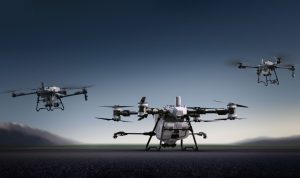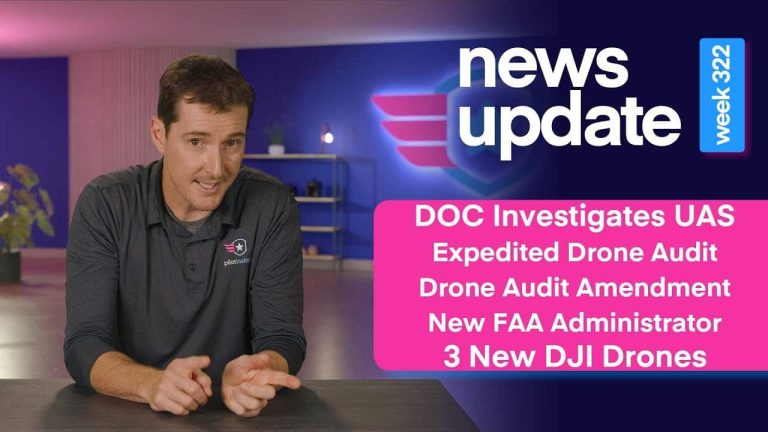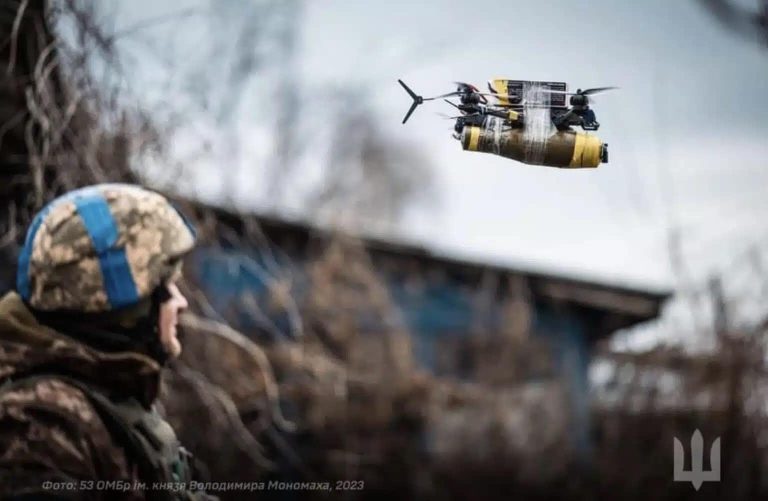The Federal Aviation Administration (FAA) recently updated its compliance guidelines for drones flying over people, with significant contributions from engineers at Virginia Tech. The new drone guidelines, published in the Federal Register on April 5, incorporate the updated means of compliance established by the Virginia Tech Mid-Atlantic Aviation Partnership (MAAP).
Virginia Tech’s Role in Shaping Drone Regulations
Robert Briggs, chief engineer with MAAP, reportedly emphasized that the changes and modifications to the means of compliance allow for a more robust test method, capable of assessing a wider range of potential aircraft and incorporating lessons learned since the establishment of the first means of compliance.
One notable addition to the updated guidelines is the consideration of parachute recovery systems as a tool to reduce injury risk.
Briggs stated, “With the addition of parachutes, the new means of compliance includes the ability to consider a parachute recovery system as a tool to reduce injury, greatly increasing the likelihood that an aircraft equipped with a parachute will pass.”
Ensuring Safety Through Rigorous Testing
To be utilized in the means of compliance, parachutes must undergo testing according to ASTM International’s standard specification for small unmanned aircraft system parachutes. The testing methods, developed in collaboration with the Virginia Tech Center for Injury Biomechanics, ensure that aircraft do not exceed comparative injury limits and do not contain rotating parts capable of lacerating human skin.
Tombo Jones, MAAP director, expressed the organization’s honor in being part of the FAA’s efforts to ensure the safe operation of drones over people.
“Years of research has led us to this point, and this step forward opens the aperture for the number of drones that may be able to fly over people,” Jones said.
The updated FAA guidelines for drones flying over people, shaped by the expertise of Virginia Tech researchers, mark a significant step forward in the safe integration of drones into everyday life. By establishing rigorous testing methods and considering innovative safety features like parachute recovery systems, the FAA and Virginia Tech are paving the way for a future where drones can operate safely and efficiently over populated areas.
Photo credit: Eleanor Nelsen for Virginia Tech.






















+ There are no comments
Add yours